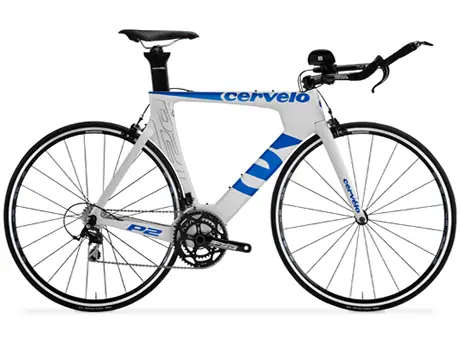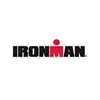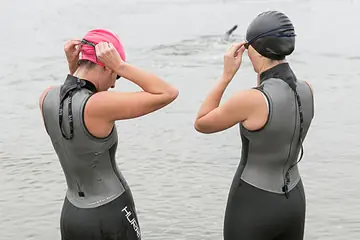
The sport of triathlon intrigued me from the get-go. I said "yes" to my first race without hesitation, suffering only from registration remorse when I realized that I had to go buy a real bike. And learn how to ride it.
On my first trip to the bike shop, like most beginners, I had no idea what I was looking for—so I brought a triathlete buddy along to help navigate the waters and ask the right questions. Still, I bought the road bike that looked the prettiest and fit within my post-college budget. Then I proceeded to trick it out tri-style with clip-on bars, a bento box and plenty of other accessories that turned my slick aluminum ride into a 30-pound tank.
It's been many years since then and now I devote a lot of my time to helping beginners go through the same process that I refer to as the "Four C's" of buying a bike.
Comfort
Comfort is king. When you walk into the bike shop, have a professional take your measurements and test your flexibility. Talk with them about the type of riding you plan to do and ask plenty of questions. A good shop will recommend bikes suited to your frame and interests. Instead of buying the bike that looks the best, buy the bike that fits you. Most shops will let you test bikes out on the road, so take advantage.
More: 5 Race-Day Bike Tips for Triathletes
The next question is whether to get a road bike or a triathlon specific (TT) bike. If you want to do charity rides, longer group rides and recreational cycling along with some triathlons, a road bike is the way to go. They are built for comfort since you sit more upright and farther back on the saddle. Road bikes are also versatile: you can add clip-on aerobars and have some adjustments made to make your bike more aero.
Triathlon bikes, with steeper angles and aerodynamic positioning, are built for speed and cutting through wind. You are more forward on the saddle, which can be tough to get used to for new riders. It's also more difficult to maneuver in group rides since the brakes and gear shifters are located out on the aerobars. They are also much less versatile than road bikes. Either way, have a bike fit done by a professional to ensure you are in the right position.
Tip: You can be fast and powerful regardless of what bike you choose. It boils down to comfort and the type of riding you plan to pursue.
- 1
- of
- 2
About the Author











Discuss This Article